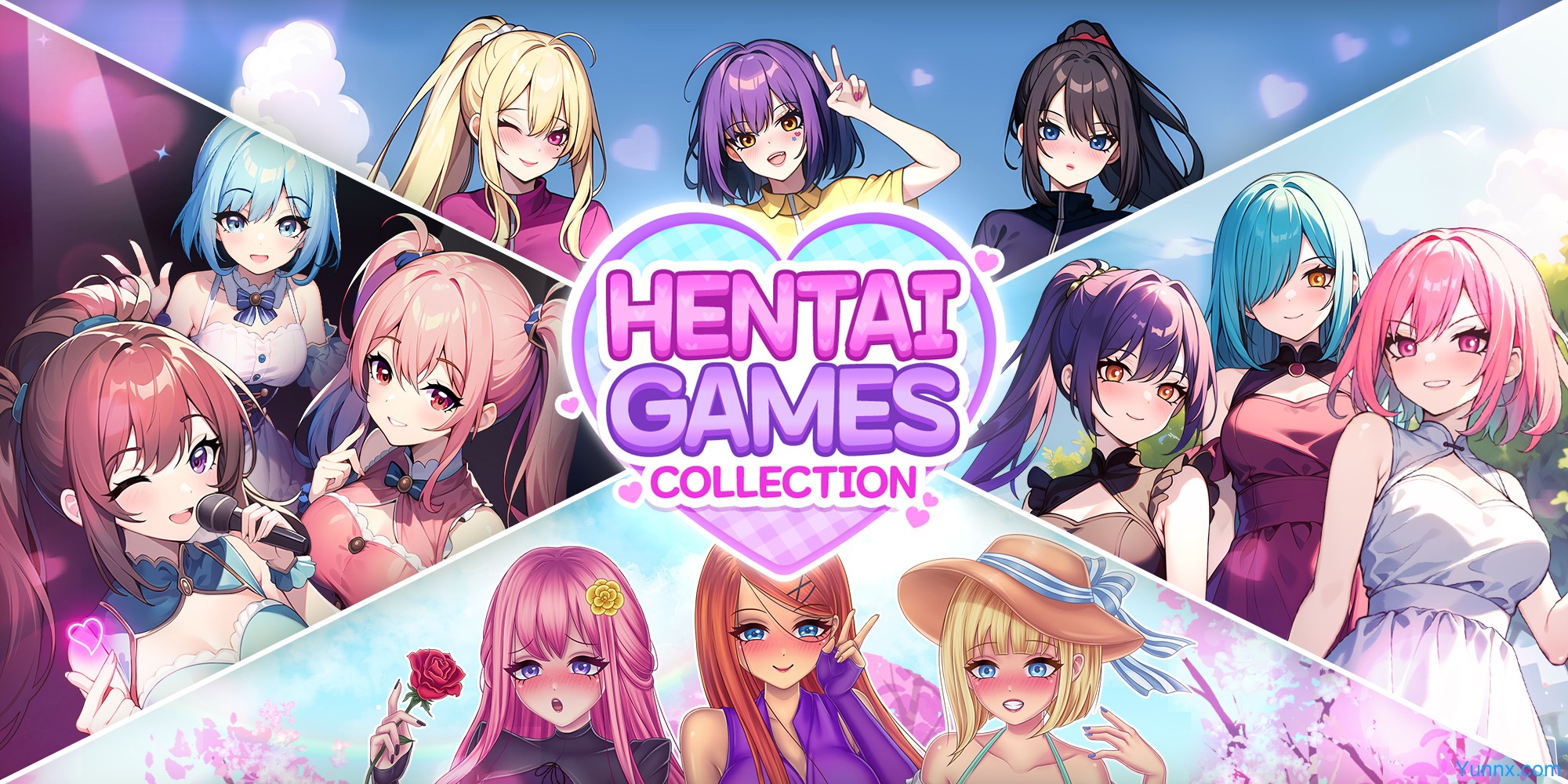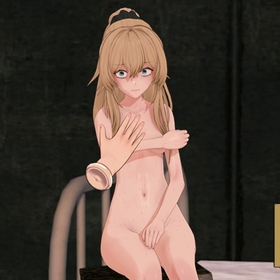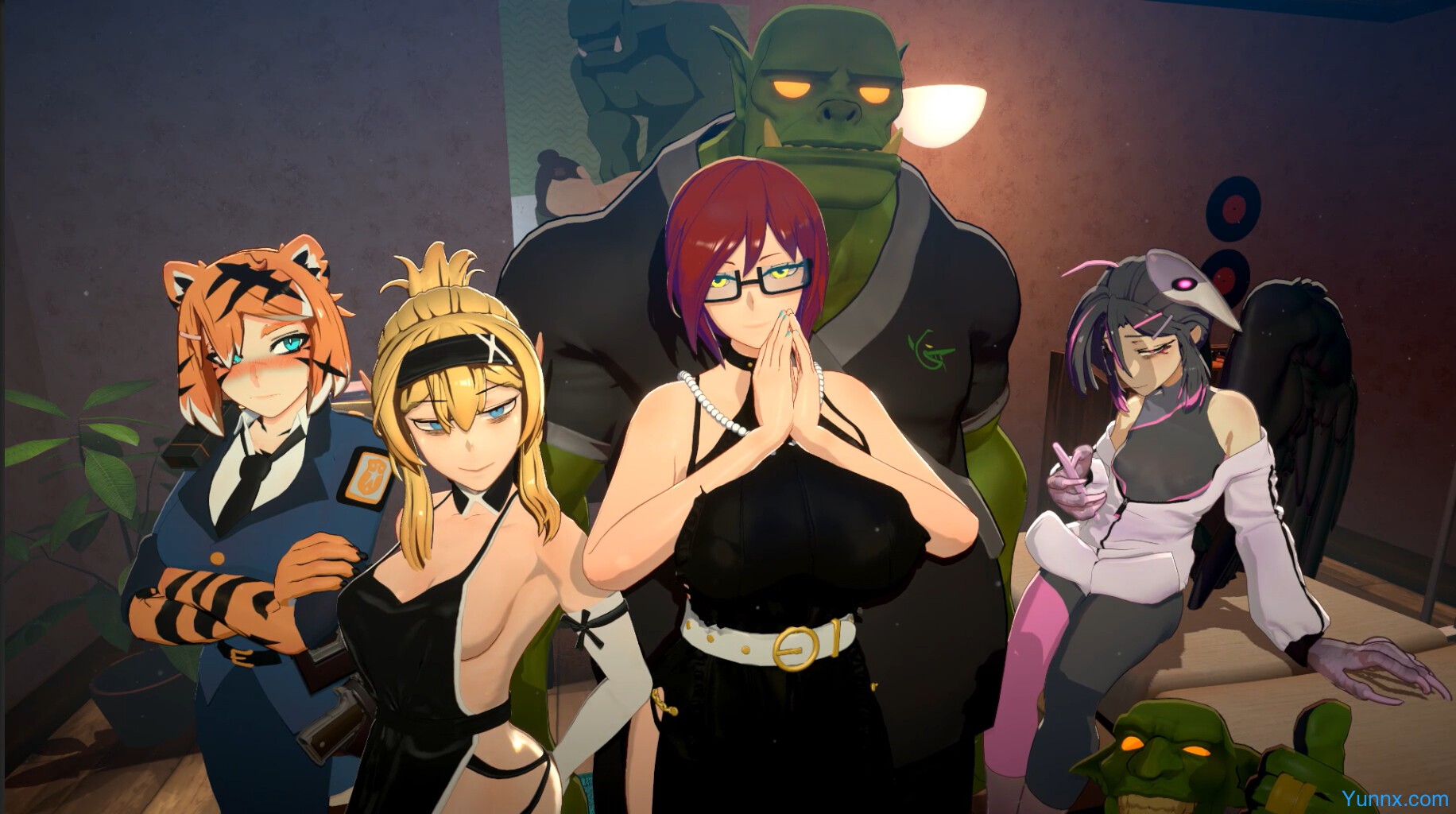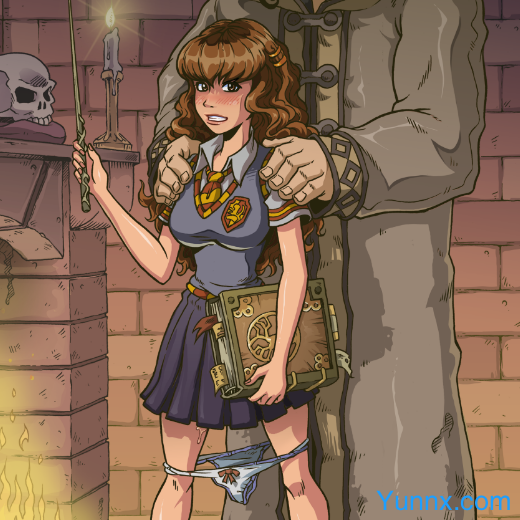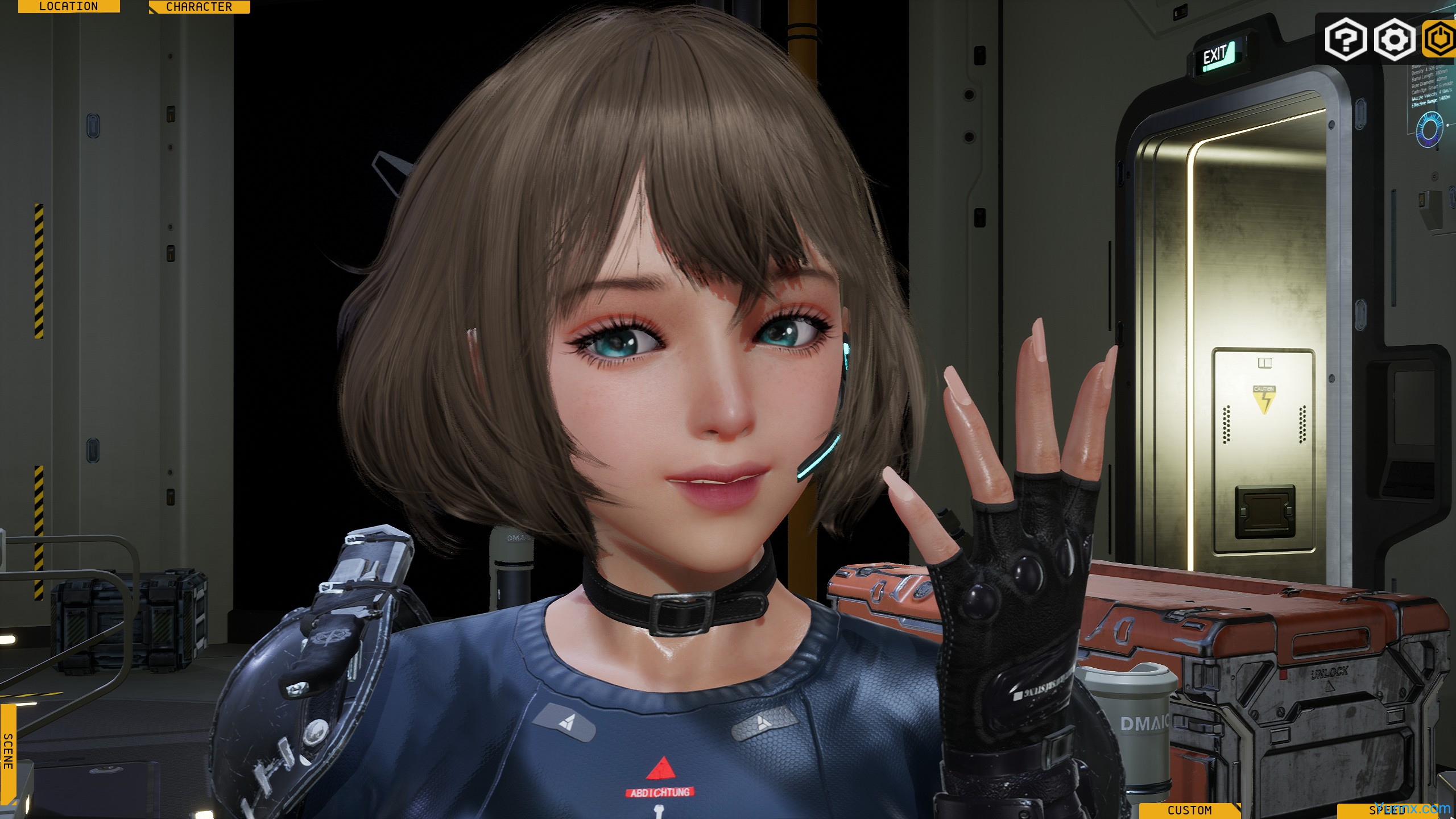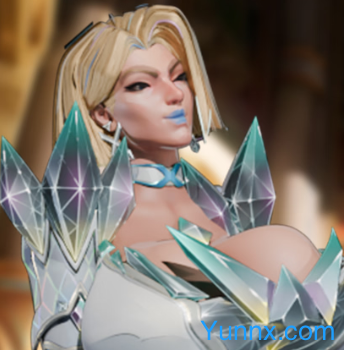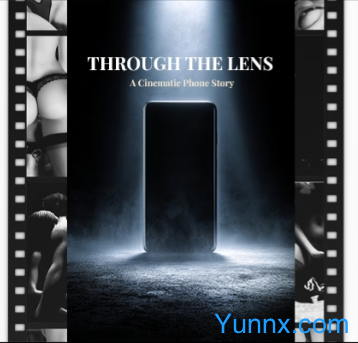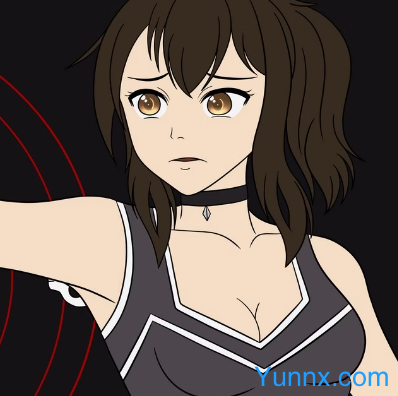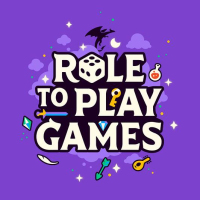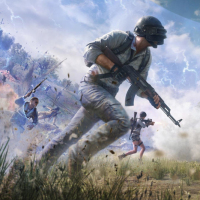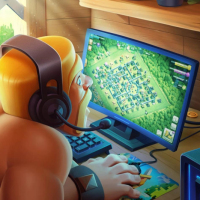Breaking Ties is a poignant adult visual novel that dissects the gradual collapse of a relationship through themes of cheating, desire, and moral ambiguity. Follow Richard and Layla, a couple grappling with lingering affection and newfound temptations as their trust erodes. This narrative-driven experience delves into the pain of betrayal and the complexity of human choices, offering a raw, unflinching portrayal of love’s darker turns. Not recommended for players sensitive to infidelity or NTR dynamics. Download now to explore a story where every choice reverberates with consequences.
Storyline: The Unraveling of a Once-Great Love
1. From Stability to Strife
• Richard and Layla’s relationship begins as a stable, passionate partnership, but cracks emerge as financial pressures and monotony creep in. Flashbacks reveal early warning signs—missed connections, avoided conversations, and unaddressed insecurities.
• A pivotal scene involves Layla discoveringRichard’s secret meetings with a mysterious colleague, sparking suspicion and emotional turmoil.
• The story explores why relationships fail, not just how—highlighting societal expectations, personal stagnation, and the allure of the unknown.
2. Temptations & Moral Crossroads
• Richard struggles with his attraction to his colleague, Elena, a charismatic woman who challenges his worldview. Meanwhile, Layla begins questioning her own desires, drawn to a rugged artist who sees her vulnerabilities.
• Branching dialogues force players to confront ethical dilemmas: Should Richard confess his affair? Will Layla confront her jealousy or bury it?
• Subtle foreshadowing, such as recurring dreams of separation or arguments over small issues, builds tension toward irreversible choices.
3. Consequences & Fragmented Realities
• The game’s multiple endings reflect the cascading effects of Richard and Layla’s decisions. A “no-cheating” path leads to emotional detachment, while embracing infidelity unravels both characters’ lives.
• A controversial NTR subplot involving Elena and Layla’s artist introduces themes of power dynamics and regret, challenging players to judge morality versus desire.
• Post-credits scenes hint at the aftermath, including estrangement, therapy, or even a twisted reunion—emphasizing that breaking ties rarely has a clean resolution.
Character Dynamics: Love, Lust, and Guilt
1. Richard: The Charismatic Yet Flawed Partner
• Richard’s charm masks insecurities about his career and identity. His affair with Elena stems from boredom rather than malice, making his actions feel tragically human.
• Players witness his internal conflict through voiceovers and body language—nervous ticks during arguments, fleeting smiles when thinking of Elena.
• His character arc explores whether redemption is possible or if some wounds are irreparable.
2. Layla: The Resilient but Broken Heart
• Layla’s initial portrayal as the “perfect partner” crumbles as her insecurities surface. Her journey from denial to acceptance (or defiance) is emotionally charged.
• Supporting characters like her therapist and best friend provide perspectives that challenge Layla’s self-perception, revealing hidden depths of anger and resilience.
• A subplot involving her artistic passion adds layers to her character—art becomes a therapeutic outlet and a metaphor for rebuilding her life.
3. Antagonists & Catalysts: Elena & the Artist
• Elena isn’t a one-dimensional villain; her motivations include loneliness and a desire for authenticity in a superficial world. Her interactions with Richard blur lines between manipulation and mutual respect.
• The artist, Kai, represents freedom and rebellion, offering Layla a escape from her emotional prison. His rough exterior hides vulnerability, complicating Layla’s attraction to him.
• Both antagonists serve as mirrors, reflecting Richard and Layla’s unmet needs and fears.
Themes & Emotional Impact
1. The Illusion of Perfection
• The game critiques societal ideals of romantic “perfection,” showing how striving for balance in relationships often leads to compromise and resentment.
• Scenes of Richard and Layla’s early life—perfect dinners, vacations, and superficial conversations—contrast with their later arguments, highlighting the gap between expectation and reality.
2. Desire vs. Commitment
• Breaking Ties poses the question: Is it possible to love someone while desiring someone else? Through Richard and Layla’s struggles, the game argues that desire is human but commitment requires conscious effort.
• Moral choices aren’t black-and-white—lying to protect a relationship might seem noble but breeds distrust, while honesty could destroy it.
3. Guilt & Redemption
• The aftermath of cheating is explored mercilessly. Richard’s guilt manifests in self-loathing, while Layla’s anger turns into self-sabotage.
• A rare “redemption” ending requires both characters to confront their flaws and rebuild trust, but it’s earned through painful sacrifices.
Visuals & Audio: A Cinematic Portrait of Heartbreak
1. Stylistic Storytelling
• The art style blends minimalist realism with surreal elements—distorted backgrounds during heated arguments, faded colors in flashbacks, and stark contrasts between Richard and Layla’s living spaces.
• Symbolic imagery, like a broken coffee mug or a dead plant, underscores the theme of decay in their relationship.
2. Haunting Soundtrack & Voice Acting
• A moody jazz soundtrack with dissonant chords heightens tension during confrontations, while piano ballads evoke nostalgia and sorrow.
• Voice acting is deliberately understated, emphasizing subtlety in emotional delivery. Layla’s hesitant speech or Richard’s evasive answers reveal their internal conflicts.
3. Ambient Atmosphere
• Rainy scenes and dimly lit interiors create a oppressive, claustrophobic mood. Sound effects like muffled arguments or distant sirens immerse players in the narrative.
• Silence is used sparingly but effectively—during moments of realization or grief, the lack of sound amplifies emotional weight.
Why Play Breaking Ties?
• Thought-Provoking Narrative: A story that refuses to sanitize romance’s complexities, offering no easy answers about right or wrong.
• Emotionally Raw Characters: Richard and Layla are flawed, relatable figures whose struggles mirror real-life relationship crises.
• Moral Ambiguity: Branching choices challenge players to reflect on their own values, with no “correct” path.
• Adult Themes with Depth: Cheating and NTR are portrayed as symptoms of deeper issues, not just plot devices.




